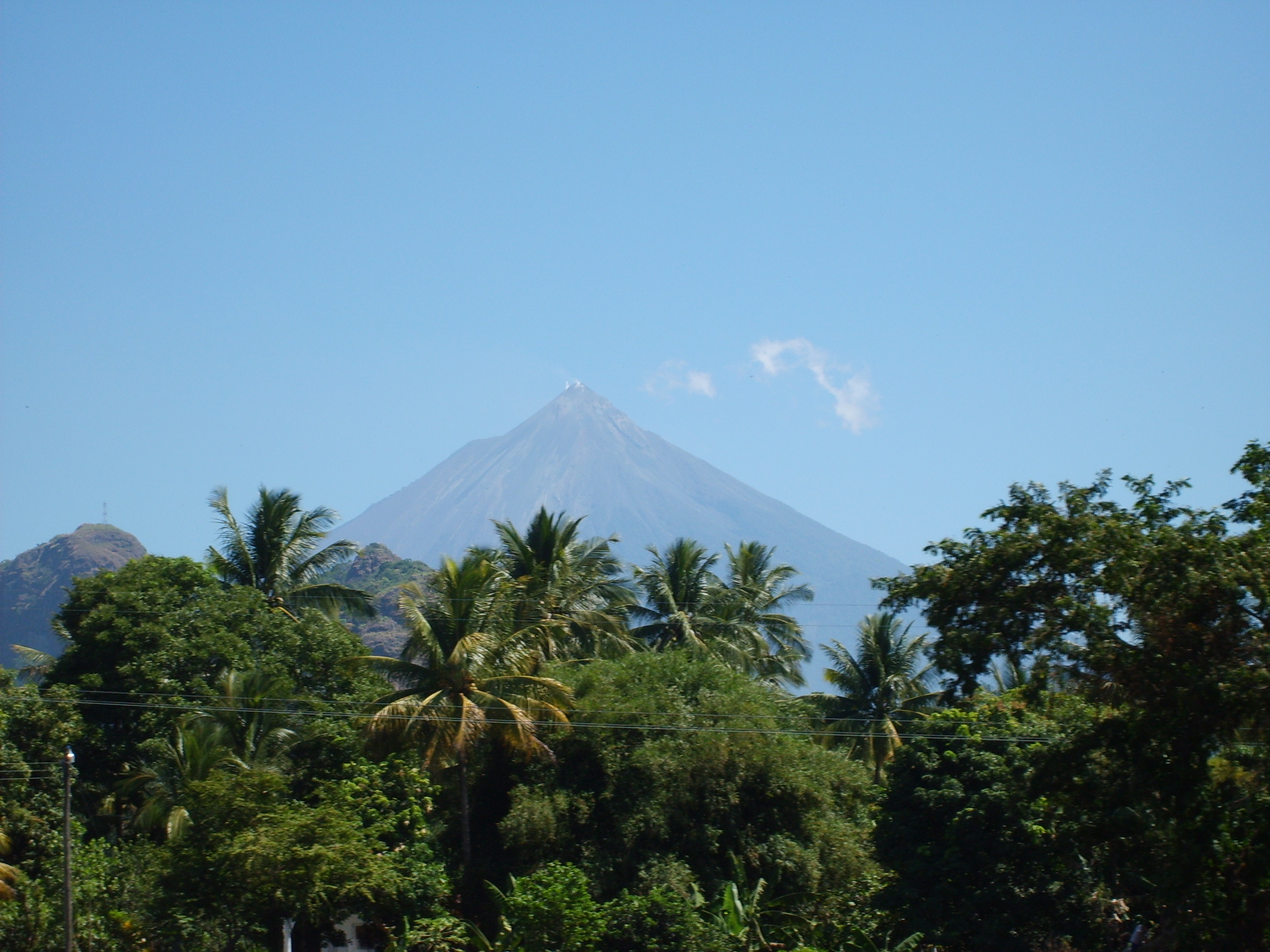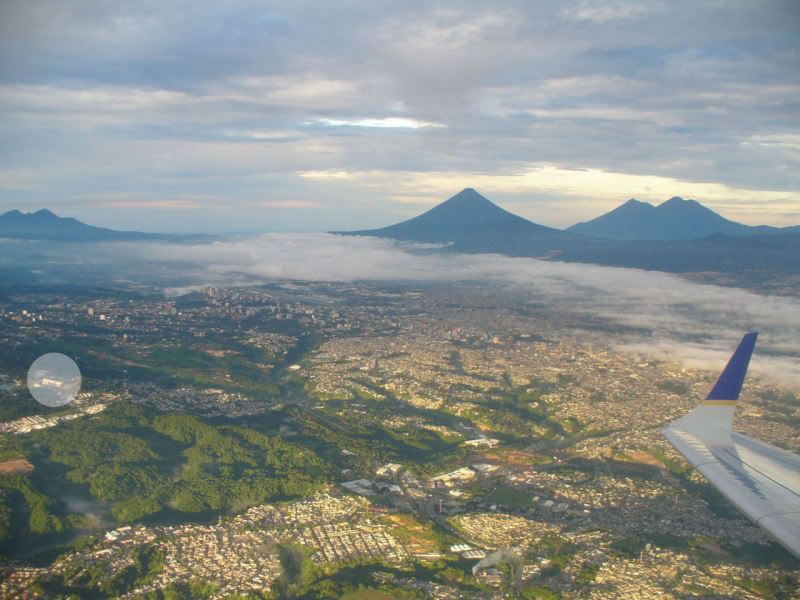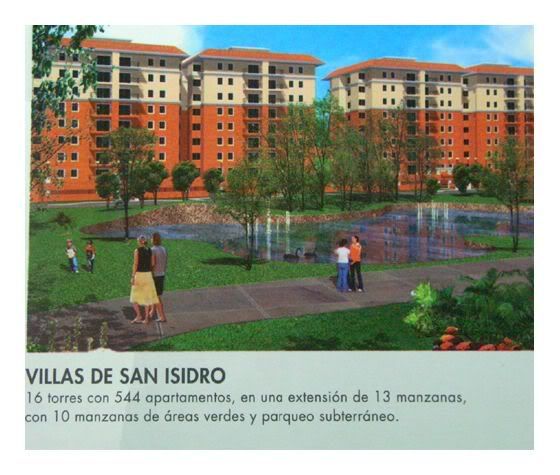
Pictured to the left is the: "
Volcan de Agua as seen from Tecpan, Guatemala (80 km away)."
Wikipedia
Another example of extremes in Guatemala is reflected in the natural landscape. Two
volcanes or volcanoes that are important in Guatemalan history are the
Volcan de Agua and the
Volcan de Fuego or, volcanoes of "water" and "fire." These stratovolcanoes are close to the city of Antigua, Guatemala where we visited in October last year.
The
Volcan de Agua was originally called
Hunapú, or "place of the flowers." The Spaniards also called it by this name until 1541 when it erupted, but not with lava, with a mudflow destroying the second capital city of Guatemala. They then changed the name to "Volcano of Water."
Not too far away, resides the
Volcan de Fuego. As you can guess, it received its name from its eruptions. According to
Wikipedia, "It has erupted frequently since the Spanish conquest. "
Fuego" is famous for being almost constantly active at a low level. Smoke issues from its top daily, but larger eruptions are rare." It is pictured below:

Between these two Guatemalan volcanoes lies a bit of the conquest history. Pedro de Alvarado, a lieutenant of Cortes, originally founded his capital of Guatemala at Iximche under the name of Santiago. However, the Indians hassled him so much, he decided to move the capital. His new locations was between the two extremes:
Volcan de Agua, and
Volcan de Fuego. This capital city flourished and he brought his second wife here. When he died, his widow was elected to be the next governor, but not for long. The
Volcan de Agua, with the help of a storm and an earthquake, erupted- spewing water down the mountainside from its inner lake and collapsing almost all of what was the new capital city. (Information from
Young People of Mexico and Central America by Charles R. Joy).
Because of the tragedy caused by the
Volcan de Agua, the people moved the capital to a safer place, which is now Guatemala City. (Where we'll be living.) This is far enough away to not be flooded by the beautiful, water-filled mountain, but close enough to appreciate it.












